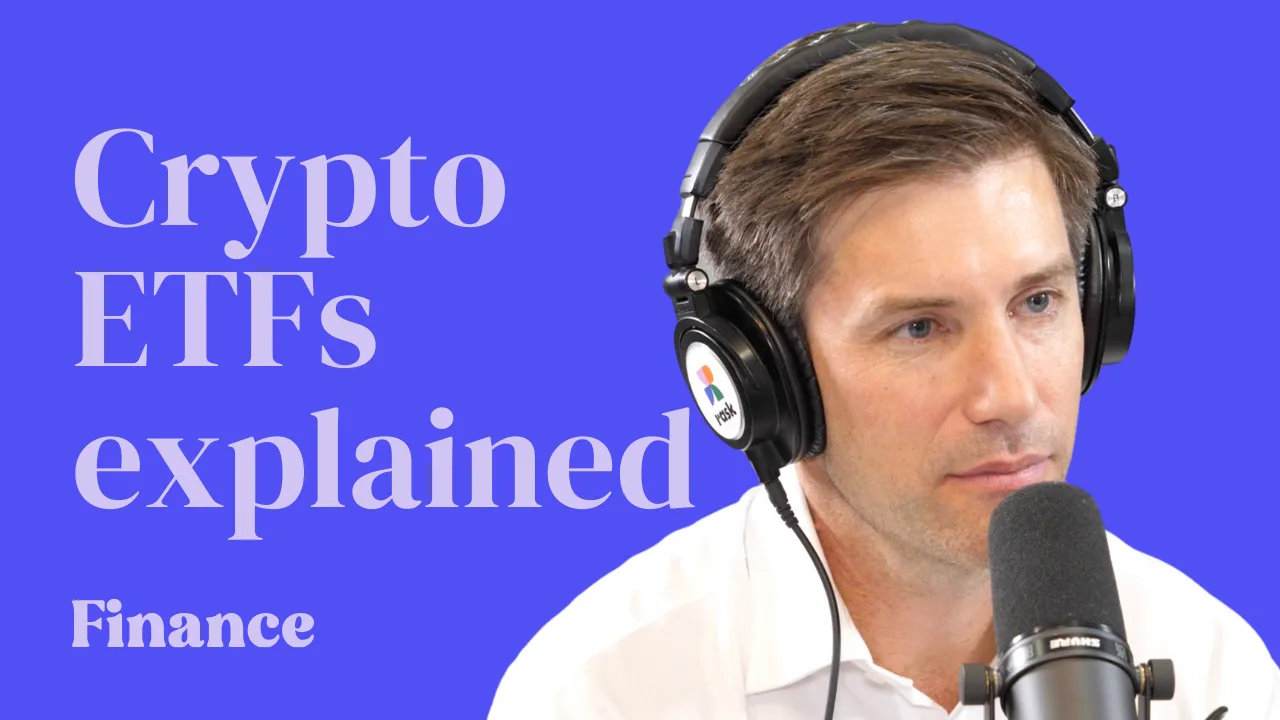Wouldn’t it be handy to know how an analyst values ASX bank shares like Bank of Queensland Limited (ASX: BOQ) shares? With the BOQ share price trading around $9, is it in the money?
No one can tell you for certain whether now is the perfect time to buy.
In the short run, the share market can seem like a random place. It can be up 2% one day, down 3% the next. There’s often no rhyme or reason (although pundits are paid the big bucks for the evening news to make you think they have a crystal ball).
In this article, we’ll go step-by-step through two simple valuation tools you can use to value a share like BOQ or even Bendigo & Adelaide Bank Ltd (ASX: BEN) and Westpac Banking Corp (ASX: WBC).
Ratio analysis
The price-earnings ratio, which is short for price-to-earnings, is a basic but popular valuation ratio. It compares yearly profit (or ‘earnings’) to today’s share price ($8.98). Unfortunately, it’s not the perfect tool for bank shares, so it’s critical to use more than just PE ratios for your analysis.
That said, it can be handy to compare PE ratios across shares from the same sector (banking) and determine what is reasonable — and what isn’t.
If we take the BOQ share price today ($8.98), together with the earnings (aka profits) per share data from its 2020 financial year ($0.511), we can calculate the company’s PE ratio to be 17.6x. That compares to the banking sector average PE of 25x.
Next, take the profits per share (EPS) ($0.511) and multiply it by the average PE ratio for BOQ’s sector (Banking). This results in a ‘sector-adjusted’ PE valuation of $12.95.
Beyond BOQ’s dividend yield
A DDM is a more interesting and robust way of valuing companies in the banking sector, given that the dividends are pretty consistent.
DDM valuation modeling is one of the oldest methods used on Wall Street to value companies, and it’s still used here in Australia by bank analysts. A DDM model takes the most recent full year dividends (e.g. from last 12 months or LTM), or forecast dividends, for next year and then assumes the dividends grow at a consistent rate for a forecast period (e.g. 5 years or forever).
To make this DDM easy to understand, we will assume last year’s dividend payment ($0.12) climbs at a consistent rate into the future at a fixed yearly rate.
Next, we pick the ‘risk’ rate or expected return rate. This is the rate at which we discount the future dividend payments back to today’s dollars. The higher the ‘risk’ rate, the lower the share price valuation.
We’ve used an average rate for dividend growth and a risk rate between 6% and 11%.
This simple DDM valuation of BOQ shares is $2.29. However, using an ‘adjusted’ dividend payment of $0.36 per share, the valuation goes to $6.45. The expected dividend valuation compares to Bank of Queensland Limited’s share price of $8.98. Since the company’s dividends are fully franked, you might choose to make one further adjustment and do the valuation based on a ‘gross’ dividend payment. That is, the cash dividends plus the franking credits (available to eligible shareholders). Using the forecast gross dividend payment ($0.51), our valuation of the BOQ share price guesstimate to $9.22.
More research
Make sure you don’t forget that the two models used here are only the starting point of the process for analysing and valuing a bank share like BOQ.
We think it’s good practice to read at least three years of annual reports, jot down your thoughts/research and set out your thesis/expectations based on what management is saying. Indeed, a very useful tool is studying management’s language in presentations and videos. Is the management team candid? Or does he/she use lots of jargon and never answer a straight question? Finally, read articles and research from good analysts, and when you do, seek out people who disagree with you. These voices are often the most informative.
These are are just a handful of the best strategies to use alongside your valuation tools to determine if you’re making a mistake — hopefully, before you make a costly mistake!








